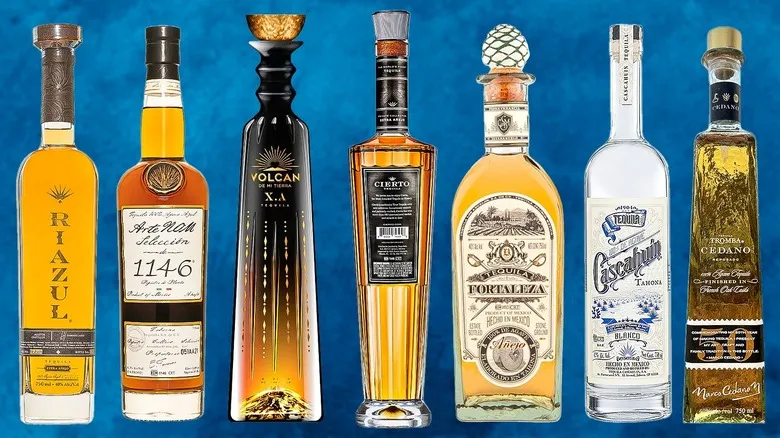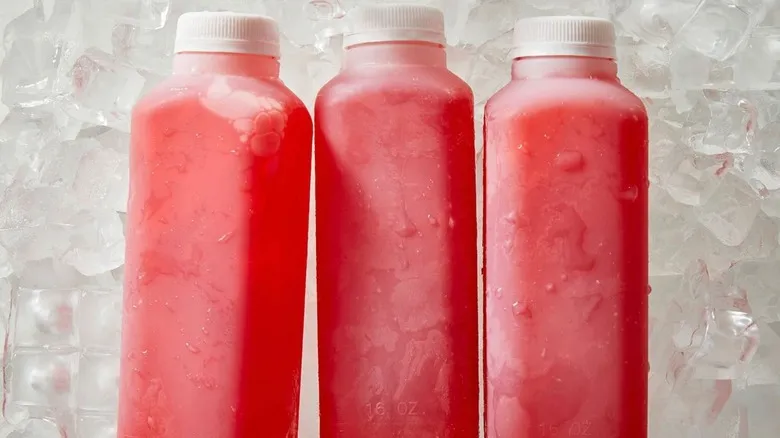New York's nutcracker history

The nutcracker cocktail was created in the mid-1990s at Flor de Mayo, a Chinese-Peruvian fusion restaurant, through a partnership between restaurant manager José Chu and a local patron, who was also a drug dealer, known as Juice. Legend has it that while watching basketball on the bar's TV, Juice felt thirsty, prompting the two to experiment with various bottles behind the bar, ultimately crafting a particularly strong drink. They just needed a name, and coincidentally, a commercial for the New York ballet appeared on the screen, promoting an upcoming performance of the Nutcracker.
Chu and Juice's original recipe combined three types of alcohol: amaretto, whiskey, and the infamous Bacardi 151, a rum with a 75.5% ABV that was later discontinued due to its excessive strength. They mixed in pineapple juice as well. The cocktail quickly gained popularity among locals, and soon after, numerous imitators emerged with their own variations.
As reported by Grub Street, by the late '90s, nutcrackers transitioned from the menu at Flor de Mayo to the streets of New York, largely thanks to two Dominican-American vendors known as Fatyuil and Freddy Imperial, who introduced the drinks to the Latino community in Washington Heights, where they continue to be a favorite. From there, their popularity spread to Harlem and beyond. Today, while nutcrackers have become a city-wide sensation, many vendors selling them at New York's beaches and parks still hail from those original communities.
The legal battle over nutcrackers

The conflict between nutcracker sellers and law enforcement erupted soon after Fatyuil and Freddy Imperial launched their businesses. Police raided Fatyuil's home, leading her to ultimately cease operations. In contrast, Freddy Imperial expanded his enterprise significantly, motivating other vendors to follow suit. By the 2000s, nutcrackers had become ubiquitous throughout the city, attracting the attention of government officials.
The issue of to-go cocktails remains contentious in New York. Once banned, they were allowed during the COVID pandemic to support struggling businesses, which may have contributed to a spike in nutcracker prices to $15. Although the ban was reinstated, public outcry led to a temporary suspension of the ban, set to last only until 2025. As this article is being written, the future of to-go cocktails in New York remains uncertain. Additionally, many vendors seek liquor licenses but face obstacles in obtaining them. In New York, liquor licenses are restricted to businesses with fixed locations and are only available to U.S. citizens, posing a significant challenge in an industry largely comprised of immigrants.
The primary concern surrounding nutcrackers is the potential for vendors to sell the highly alcoholic beverage to underage customers. This apprehension has led to several enforcement actions against vendors, who risk fines; however, the NYPD generally seems to overlook nutcracker sales. In recent years, some vendors have leveraged social media to transform their nutcracker businesses into legitimate enterprises, and the drink's popularity is expected to continue rising.
Recommended

Top-Shelf Tequilas That Are Worth The Price, According To Experts

The Old Hollywood Duo Behind The First Ever Chocolate Martini

What's The Difference Between Aperitifs And Digestifs?

The Rich Twist Your Favorite Patio Sangria Needs
Next up

